
The book, Girl on Girl: Art and Photography in the Age of the Female Gaze, reflects on how a new generation of women are taking the art world by storm. From Izumi Miyazaki’s cute and cruel femininity to Maisie Cousin’s juicy erotica, the 40 women featured are redefining the female gaze.
As part of a series, TIME speaks to five pioneering photographers who are bending the rules of self image, sexuality and exploitation. For the final week, we take a dive into the hyper-feminine, saccharine world of Mayan Toledano. She discusses how military service shaped her sense of womanhood and why feminist branding is as important as the message within.
How did military service shape your understanding of womanhood?
I had a really hard time being in the military; I mostly remember my frustration from those two years. I felt really trapped; physically in the uniforms and also having this mandatory service when I’m so young and unable to protest it.
But the positive side was that I met a lot of great women and I had a great sense of community within the army with the girls I met. You’re positioned in a base with a group of people of different socioeconomic and racial backgrounds that you would never normally meet – and that was interesting from that perspective. We were all frustrated and just didn’t want to be there. But we had each other and we supported each other.
It was a very male-dominated space, where I was also able to start voicing my opinions more and be more honest with myself in those surroundings. Because I grew up as a dancer, I was always surrounded with a lot of women and had really strong relationships with females. So for me, being vocal has always been important and supported. But in the army it was different; I had to adjust a lot. I had to finally learn how to be myself within that.
What age did you take ownership of your body and your sense of self? Was it before or after military service?
It happened before because I was dancing my whole life. Once you look at your body for what it does rather than how it’s perceived, then that focus really shifts the way [I think] society looks at me. The physicality of [my body] was more important than thinking about how it’s viewed as an object; how flexible it is or how high I can jump. So my body was free to perform, like specifically perform, not its sexuality but its abilities.
You touched upon the importance of sisterhood and having strong women around you in your formative years. How do you think that now translates into your current work?
I think it helped me view women and photograph them. The settings in my photo shoots are always really comfortable and I always try to be personal and soft; just be there and let people be who they are. I think capturing women in that soft way is important because they can just be who they are without that external view of society or what is expected of them.
I think that’s really applicable to your series on the young female Israeli soldiers. What did you hope to reveal with that project?
Shooting female soldiers came first from my personal experience as a soldier. I felt so stripped of my identity, both aesthetically and politically, that I felt trapped during that time. But as I grew older, seeing female soldiers is an everyday thing in Israel. I realized that I wanted to portray them as they are – and before everything they are teenagers.
They’re young, bored, indifferent teenagers – and they are in uniforms, which is a very strange reality. I wanted to capture them as they are. Because they aren’t symbols of Zionism or war, they are basically kids in costumes, trying to still perform their identities beyond those uniforms.
It’s a very delicate subject and it’s important to say that it’s not supporting the army, that wasn’t part of my goal. But I think especially within the extreme political context of Israel and Palestine, it is even more important to see [a wider] representation of people. If I could, I would go to the West Bank or Gaza and shoot Palestinian teenagers.
That series obviously has an overt political context. But I also see political undertones in your other work too – albeit more subtle. Do you think that’s a fair reading?
Yeah, definitely. I am very occupied with how we see diversity, whether it’s in fashion or just documenting people all around. With fashion it’s really tricky because it’s so exploitative and the use of feminism in consumerist culture is sometimes really fake or simplified of its academic speech. Still, the appearance of it is very important. Even if it appears shallow, it has a deep social meaning and it’s moving change.
You’ve drawn criticism for commoditizing the feminist movement with your Me and You brand – particularly the feminist knickers. What do you say to those critics?
Well again, I think appearance is so important. The aesthetic of feminism today is more accessible to young girls. And I think that’s important, too. But even with Me and You, we’re moving past that point now, like we’re not making the same slogans anymore and a lot of things are changing. I think three years ago when we started, it wasn’t there – no one wanted to say that word. People didn’t want to talk about it. Beyoncé never sang about it and Taylor Swift never tried to mention it in any way. I think it was important then. I don’t think it is as important now.
So at that point, you felt like you were working in the dark and having to shout a bit louder to have your voice heard. But now that’s not so much of an issue, you’re shifting your focus accordingly?
Yeah, we are shifting our focus. What I thought was important two years ago – as a photographer and as a designer with Me and You – was to see our female culture within our bedrooms or see how we communicate with each other and look at intimacy in girl culture. That was important to represent back then.
Now I see other things. My work is more focused on the LGBTQ community or trans people or representing people of color in fashion. Everything is about visibility again. People aren’t likely to accept something unless they see it over and over again. We believe images more than we believe words and the repetition of those images is important.
What do you think your photographs reveal about your character?
I’m not professionally trained in photography or film so I think a lot of times there are imperfections that are just part of how I work. Softness is something people always say to me in relation to my photographs and it comes from dealing with emotions through my subjects, giving enough space and comfort on set to be able to capture something private. I like to think when my images depict women being bored or isolated, those are accepting of myself or our generation as being everything we are faulted with – distracted, insufficient, incapable.
Nineties teen suburbia is an obvious reference point in your work, what other popular culture motifs do you draw inspiration from?
I’m influenced by films, storytelling is more interesting to me than the creation of just beautiful images and the repetition of them everywhere. Some of my favorites are Roy Andersson, Andrea Arnolds, Ulrich Seidl.
Your work exists on a platform of your own making, could it have been conceived 10 years ago, pre-social media?
It’s funny because I always took photos of my friends and my surroundings. But no one saw it. So having an audience is so crucial; it gave me a lot more confidence. Now, magazines and the media in general are listening more to people who have grown [their own] communities online. They used to say: “Oh, we need a white, thin model for this.” But now they see what is actually growing in popularity online – it is very relevant and very important.
There’s a lot of fakeness of course and we see people edit themselves and create better versions of themselves online. But even that – if you look at it from the female perspective – it’s now women who are painting their own pictures, rather than men.
How do you think your work fits into the contemporary feminist conversation?
I have to be honest, I’m a little tired of talking about it. I feel like I’m always going to be part of it because I’m a female and I shoot mostly female subjects. But what is interesting to me more today, is the ability to be more passive; by that I mean we are not always fighting and we are not always loud.
Portraying women as bored or passive in my photos also has a significant meaning to me. How can we do the most or achieve the most by just doing the bare minimum? If we’re tired or if we’re depressed or have mental illness, how can we speak about it by just being, without performing all the time? Being feminine is already a performance – it’s already something that is forced upon us. It is something that we learn growing up in a society that is constantly judging us and constantly telling us how to be. But what if we’re just quiet?
This interview has been edited for clarity and brevity.
Mayan Toledano is an Israeli-born, New York based artist and photographer and one half of clothing and lifestyle brand, It’s Me and You. Follow her on Instagram.
Girl on Girl: Art and Photography in the Age of the Female Gaze by Charlotte Jansen is published by Laurence King and is available to buy in the US from April 18.
Alexandra Genova is a writer and contributor for TIME LightBox. Follow her on Twitter and Instagram. Dilys Ng, who edited this photo essay, is an associate photo editor at TIME. Follow her on Instagram.
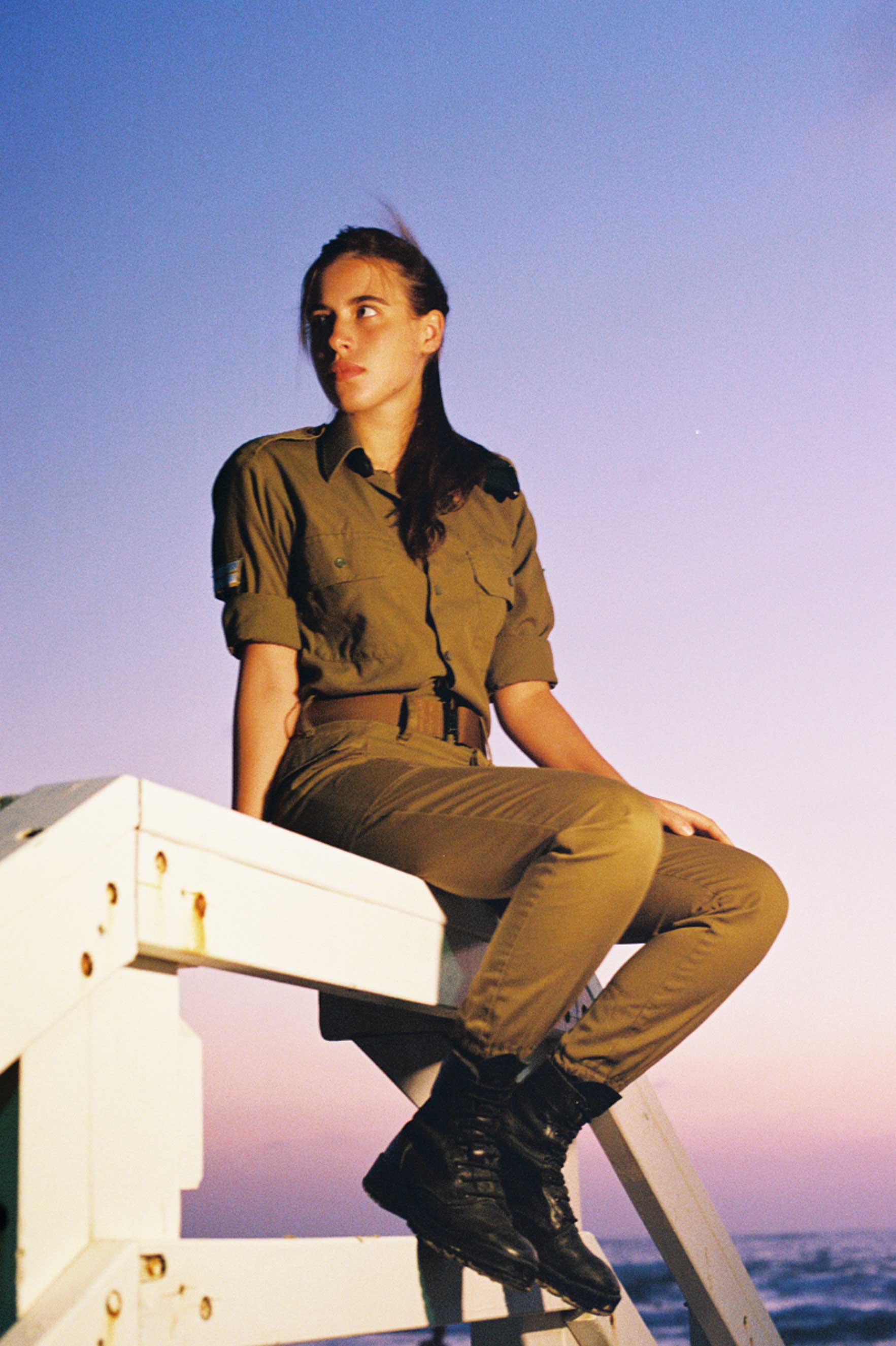
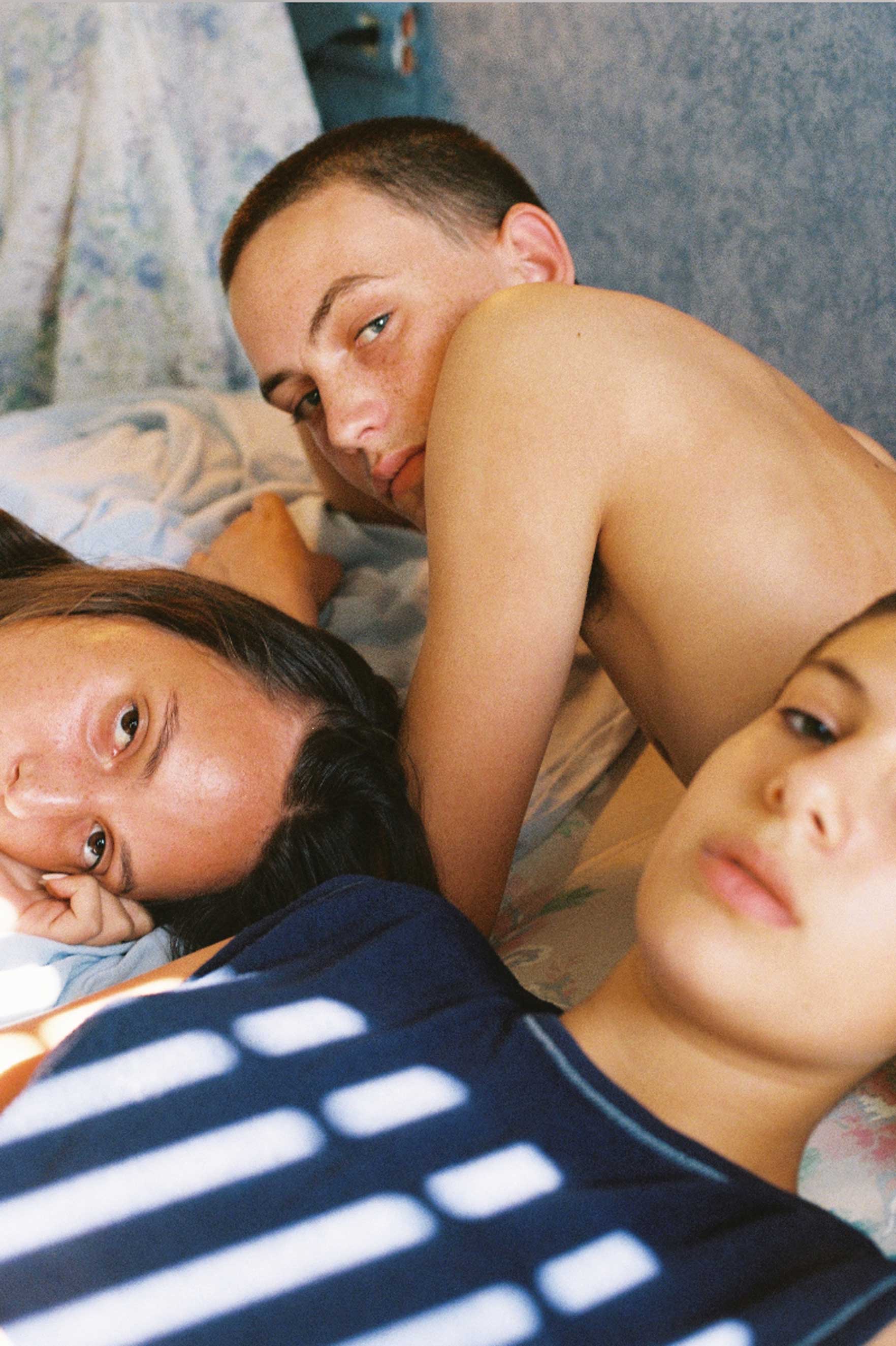

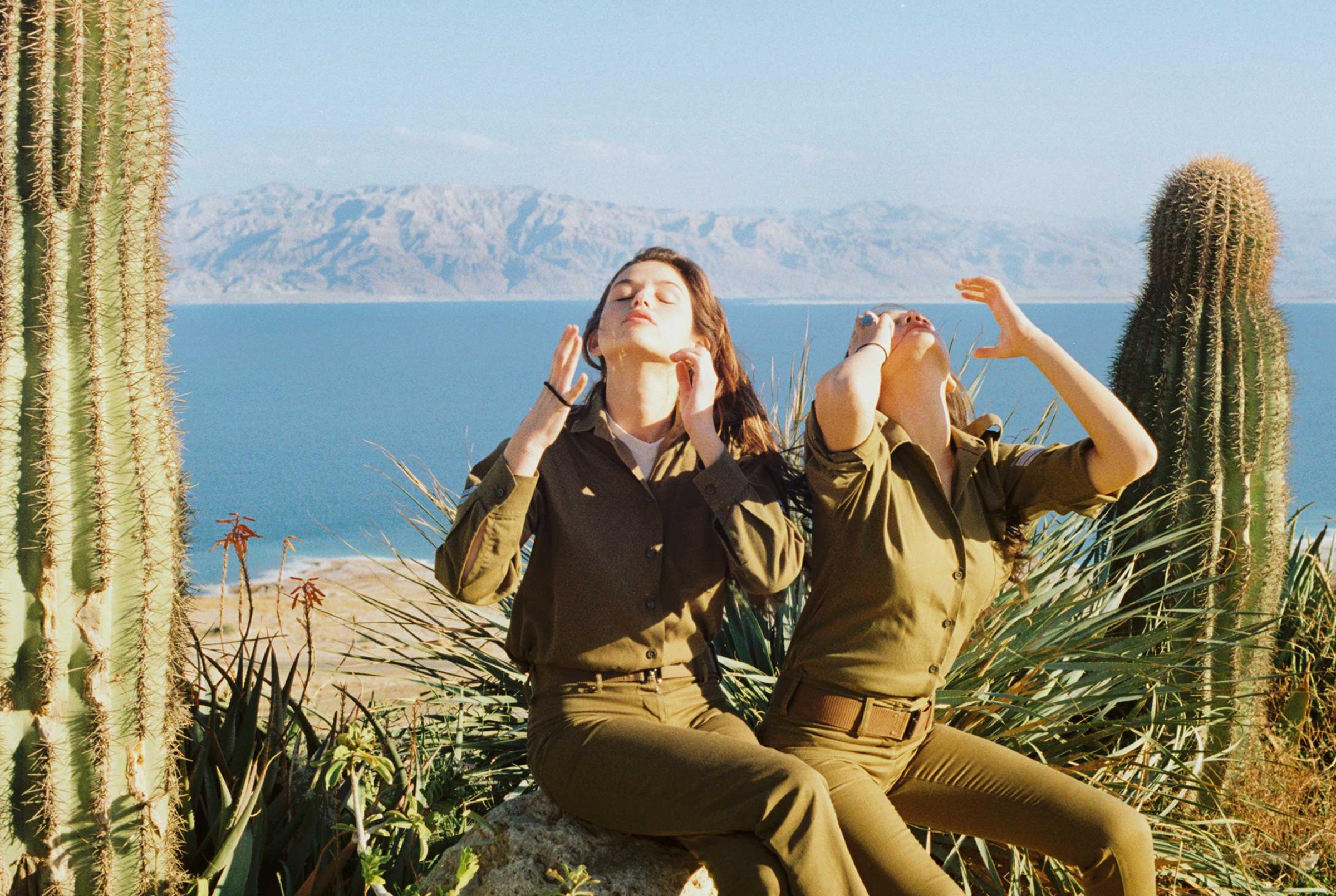



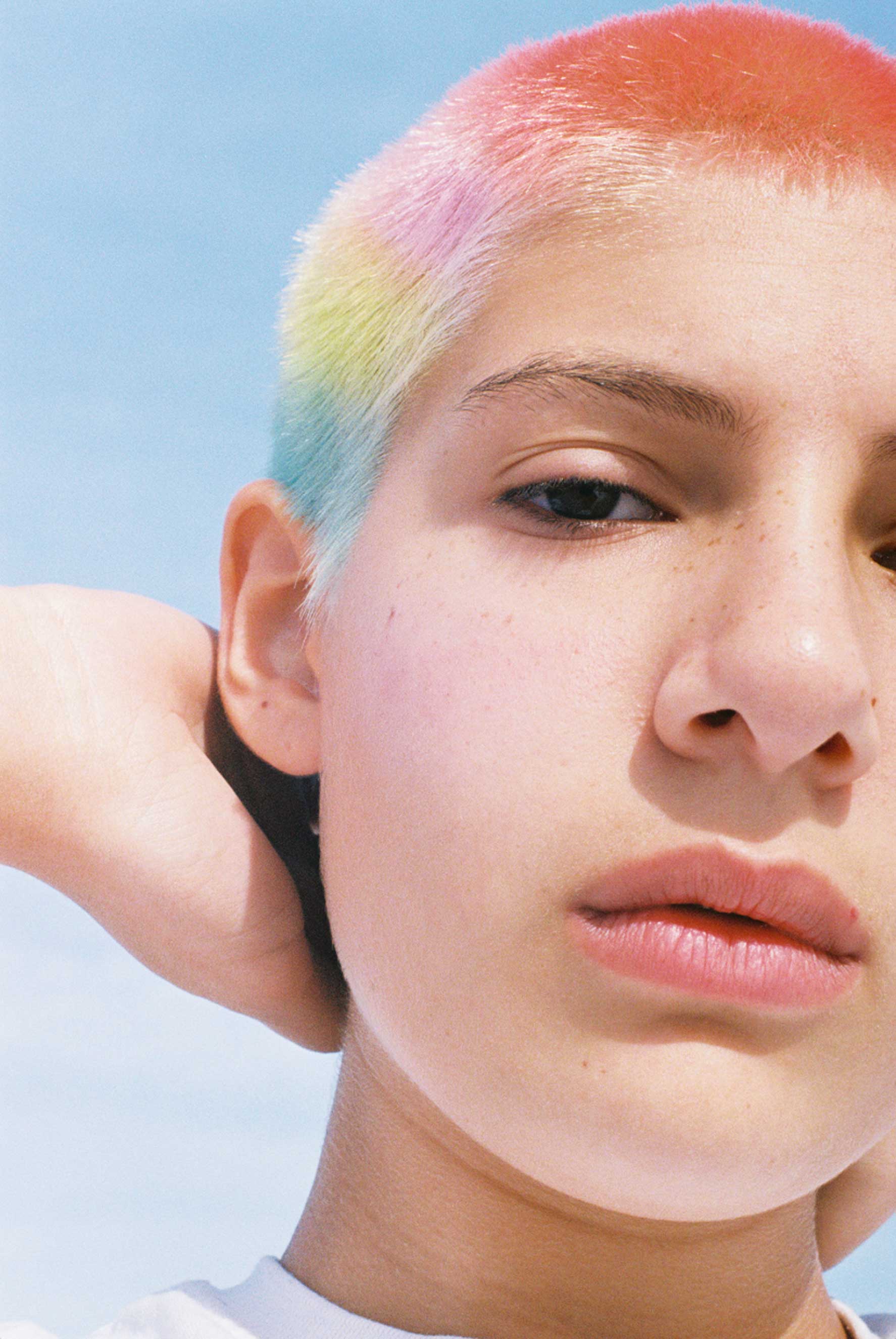

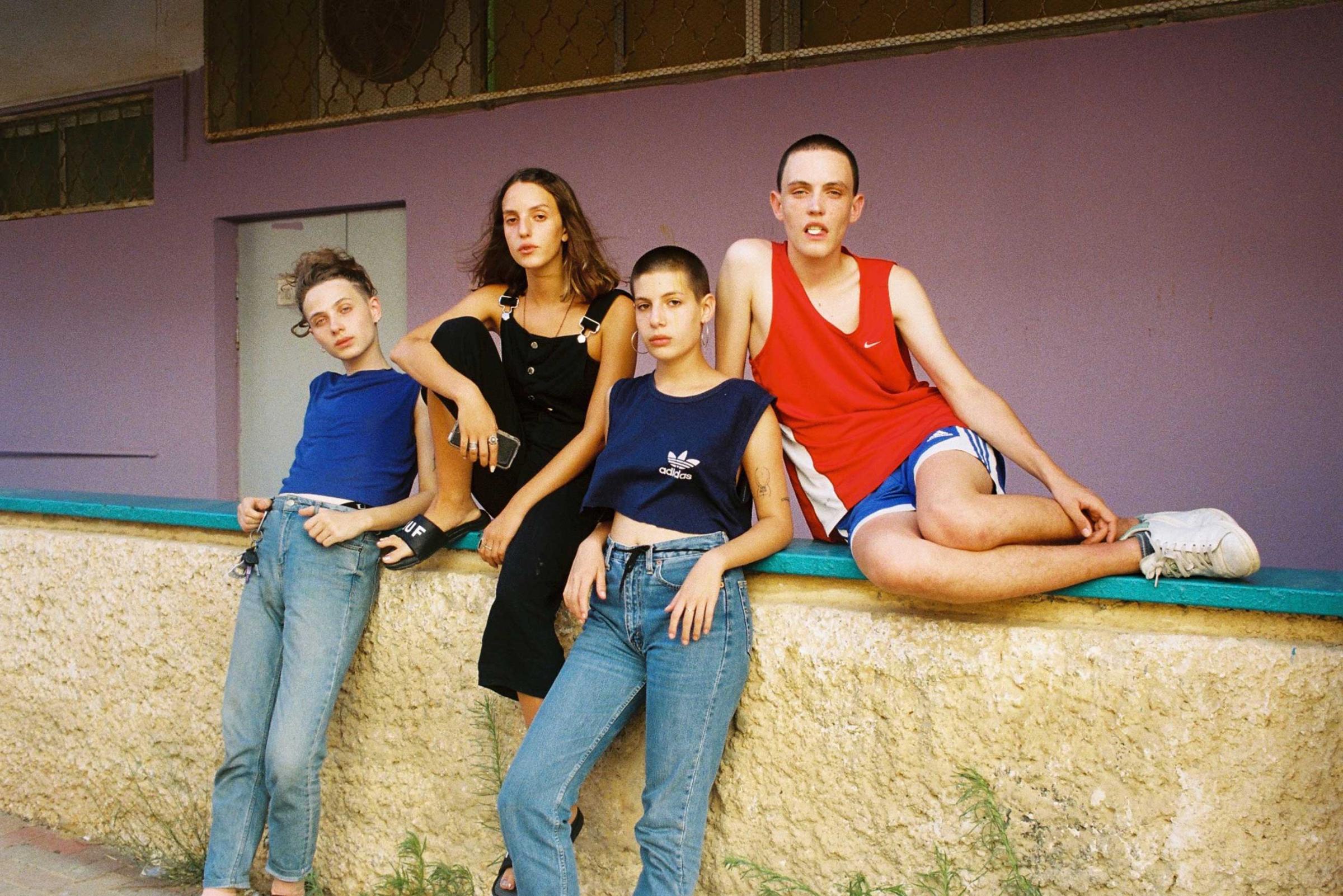
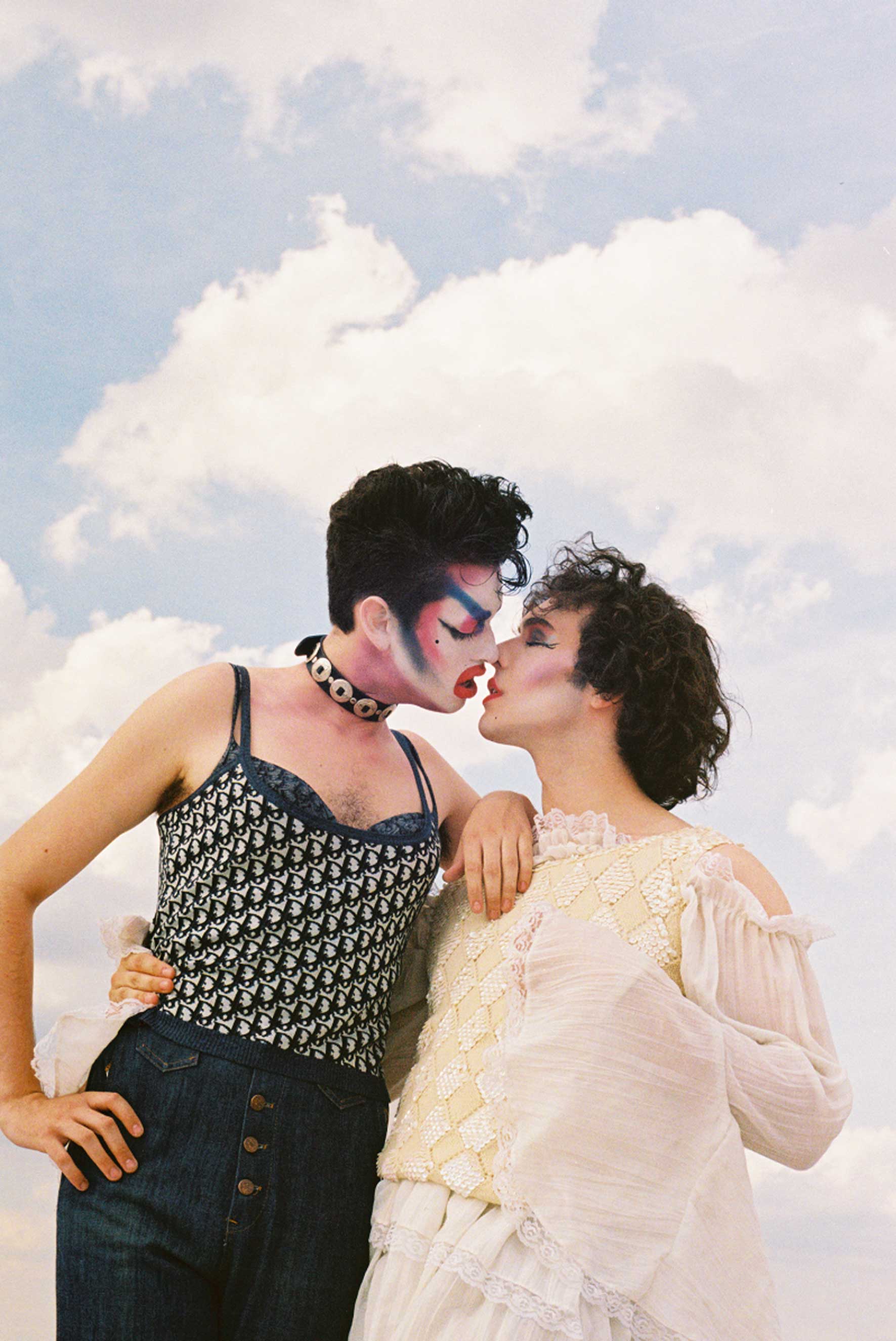

More Must-Reads From TIME
- The 100 Most Influential People of 2024
- The Revolution of Yulia Navalnaya
- 6 Compliments That Land Every Time
- What's the Deal With the Bitcoin Halving?
- If You're Dating Right Now , You're Brave: Column
- The AI That Could Heal a Divided Internet
- Fallout Is a Brilliant Model for the Future of Video Game Adaptations
- Want Weekly Recs on What to Watch, Read, and More? Sign Up for Worth Your Time
Contact us at letters@time.com